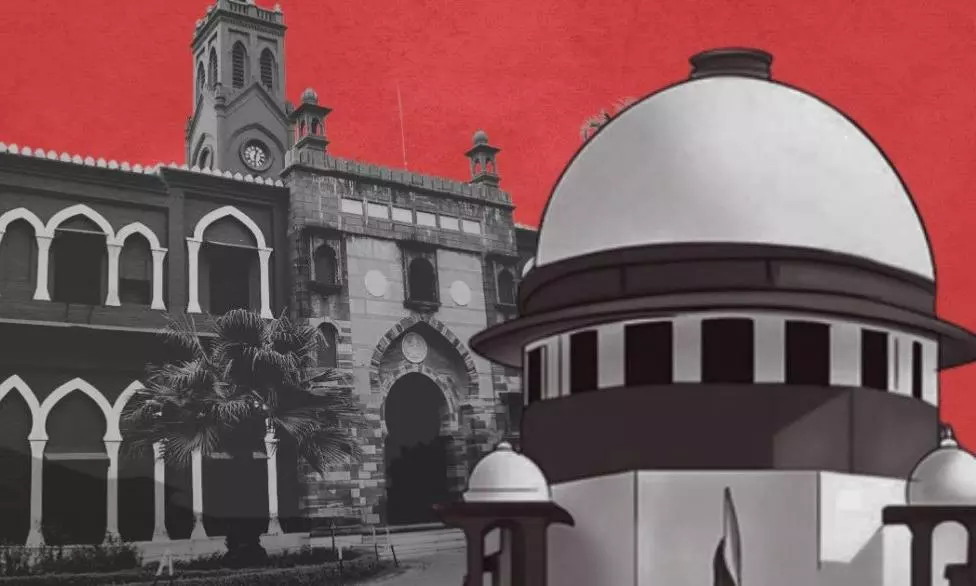By PC Bureau
Founded in 1875 by Sir Syed Ahmed Khan as the Muhammadan Anglo-Oriental College, AMU was later granted university status in 1920. However, a 1951 amendment modified the AMU Act, notably removing mandatory religious education for Muslim students. This legislative change sparked debates, ultimately questioning the university’s minority status. An amendment in 1981 sought to restore AMU’s minority character, yet legal challenges persisted, with critics arguing it didn’t fully revert AMU’s status to what it was before 1951.
Before announcing the landmark judgment, Chief Justice Chandrachud expressed concerns over the amendment’s effectiveness. “One thing that worries us is that the 1981 amendment did not restore the position as it stood before 1951,” he remarked, stressing that only a full return to the 1920 statute could fully support AMU’s claim to minority status.

A Divisive Debate on Funding and Autonomy
The central question of AMU’s minority status was compounded by its funding and administration. Opponents, including Solicitor General Tushar Mehta, argue that as a government-funded institution declared nationally significant, AMU cannot claim minority status. They point to substantial government contributions, with over ₹5,000 crore allocated from 2019 to 2023, raising questions about AMU’s autonomy.
Also Read: Supreme Court’s Landmark 4:3 Ruling Revives Aligarh Muslim University’s Minority Status Claim
On the other hand, proponents, represented by veteran lawyer Kapil Sibal, maintained that Article 30 protects AMU’s right to operate as a minority institution. Sibal refuted claims that non-Muslim presence on AMU’s governing council detracts from its identity, emphasizing the university’s foundational mission to advance education within the Muslim community.
Judicial Precedents and Political Tensions
The case isn’t without political undertones. The BJP-led NDA government rejected the UPA’s stance supporting AMU’s minority status, asserting that the 1967 Supreme Court ruling in S Azeez Basha vs. Union of India still stands. That judgment ruled AMU could not be considered a minority institution because it was a central university created by parliamentary statute, not solely by the Muslim community.
Since a 2006 Allahabad High Court ruling struck down the minority provision, AMU’s status has remained unresolved, caught in a legal maze spanning decades. Appeals by AMU and the Congress-led UPA government have sought to overturn that decision, while the NDA government in 2016 signaled its intent to drop the UPA’s appeal, adding yet another layer of contention.













